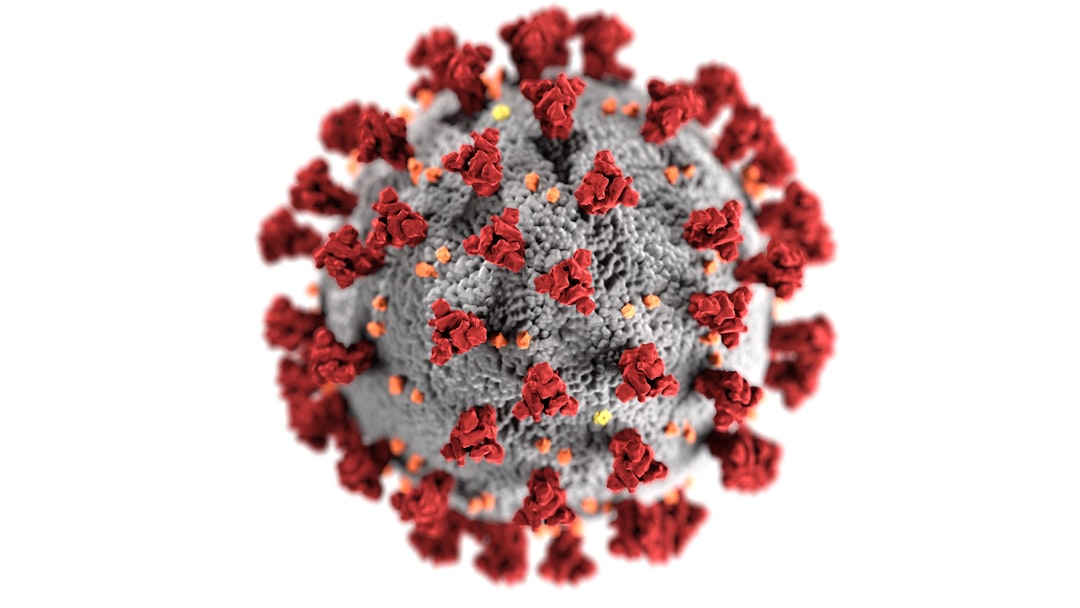What is it about?
The objective of this study is to develop an algorithm named Modified Artificial Bee Colony and Particle Swarm Optimization (MHABC-PSO) to address load frequency control (LFC) challenges in a two-area interconnected power system. The proposed MHABC-PSO algorithm is designed with two key modifications to enhance global exploration capability and improve convergence speed. Hence, a decision block is introduced in the employed bee (EB) phase incorporating a control parameter “limit” to allow each candidate solution (CS) to explore itself up to the “limit” value and boost local exploration. In addition, an introduction of a novel selection mechanism utilizing heuristic information (η) in EBs phase guides the onlooker bee (OB) phase to select better solutions based on success and failure history, thus promoting exploitation and reducing biased exploration. To address the efficacy of the proposed algorithm at the system level, three different two-area power systems are studied, incorporating various complexities, linearity, and non-linearity such as thermal-hydro, reheat thermal, and thermal-hydro-gas turbine configurations with HVDC link, SSSC, and CES. The algorithm is applied to optimize four objective functions (i.e. ITAE, IAE, ISAE, and ITE). The fitness function maximizes controller gains by utilizing the integral time multiplied absolute error (ITAE). Other objective functions like IAE, ISAE, and ITE are employed for a comprehensive analysis. Evaluation of MHABC-PSO effectiveness is conducted through ITAE values, peak deviations, and settling times of frequency and power deviations in different two-area systems. Results demonstrate that MHABC-PSO settles the system more quickly with zero steady-state error under step load perturbations (SLPs) of 1% and 2%. Comparative analysis with ABC, PSO, SFLA-TLBO, and OHABC-PSO using ITAE index and controller settling times shows the superiority of MHABC-PSO for LFC analysis. In conclusion, the proposed MHABC-PSO algorithm proves to be an efficient and effective solution for LFC, outperforming other algorithms in terms of the specified objective functions and exhibiting rapid convergence and optimal gains for controllers, effectively addressing LFC issues by combining exploration and exploitation techniques.
Featured Image

Photo by Andrey Metelev on Unsplash
Why is it important?
Hybrid optimization in the context of LFC is still an emerging field, and hence, extensive research is necessary to validate the effectiveness and applicability of these algorithms. The research addresses the question therefore, “Is there any other efficient optimization technique that has yet to be implemented in the domain of LFC?” Therefore, the study introduces the Modified Artificial Bee Colony and Particle Swarm Optimization (MHABC-PSO) algorithm for load frequency control (LFC) in interconnected power systems. MHABC-PSO is designed with modifications to enhance exploration and exploitation capabilities. Evaluation across various power system configurations demonstrates its effectiveness in settling the system quickly with zero steady-state error under load perturbations. Comparative analysis showcases MHABC-PSO's superiority over other algorithms in terms of specified objective functions and controller performance. In conclusion, MHABC-PSO emerges as an efficient solution for addressing LFC challenges.
Perspectives
The perspective of this research revolves around addressing load frequency control (LFC) challenges in a two-area interconnected power system through the development of an algorithm called Modified Artificial Bee Colony and Particle Swarm Optimization (MHABC-PSO). The main objective is to enhance the global exploration capability and improve convergence speed of the algorithm by introducing key modifications. The MHABC-PSO algorithm incorporates two significant modifications. Firstly, a decision block is introduced in the employed bee (EB) phase, incorporating a control parameter "limit" to allow each candidate solution (CS) to explore itself up to the "limit" value, thereby enhancing local exploration. Secondly, a novel selection mechanism utilizing heuristic information (η) in EBs phase guides the onlooker bee (OB) phase to select better solutions based on success and failure history, promoting exploitation and reducing biased exploration. To evaluate the efficacy of the proposed algorithm, three different two-area power systems are studied, incorporating various complexities such as thermal-hydro, reheat thermal, and thermal-hydro-gas turbine configurations with HVDC link, SSSC, and CES. The algorithm is applied to optimize four objective functions (i.e., ITAE, IAE, ISAE, and ITE), with the fitness function maximizing controller gains using the integral time multiplied absolute error (ITAE). Comparative analysis with other algorithms using ITAE index and controller settling times demonstrates the superiority of MHABC-PSO for LFC analysis. In conclusion, the proposed MHABC-PSO algorithm proves to be an efficient and effective solution for LFC, outperforming other algorithms in terms of the specified objective functions. It exhibits rapid convergence and optimal gains for controllers, effectively addressing LFC issues by combining exploration and exploitation techniques.
Md Khurram Monir Rabby
Read the Original
This page is a summary of: A hybrid optimization algorithm for improving load frequency control in interconnected power systems, Expert Systems with Applications, September 2024, Elsevier,
DOI: 10.1016/j.eswa.2024.123702.
You can read the full text:
Contributors
The following have contributed to this page










